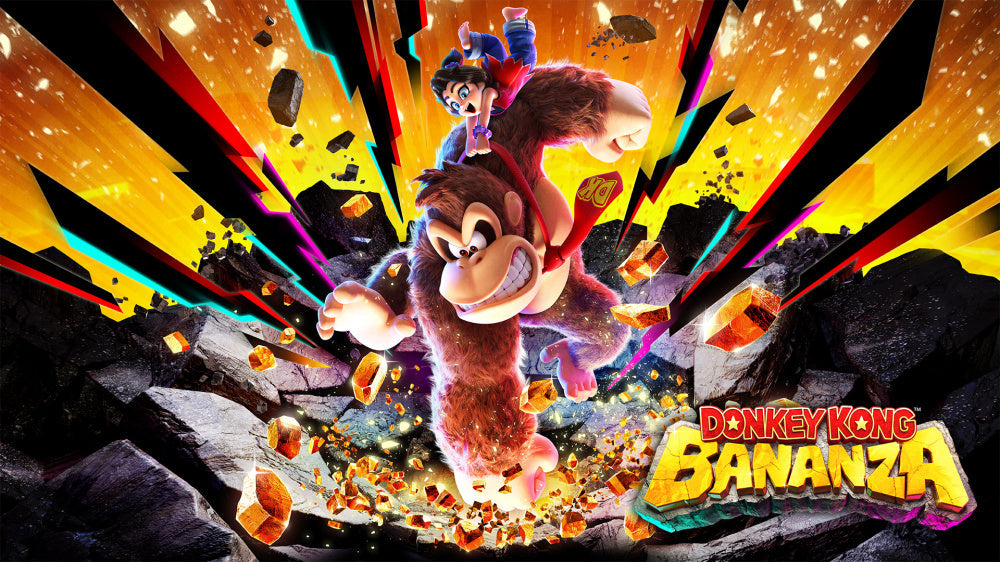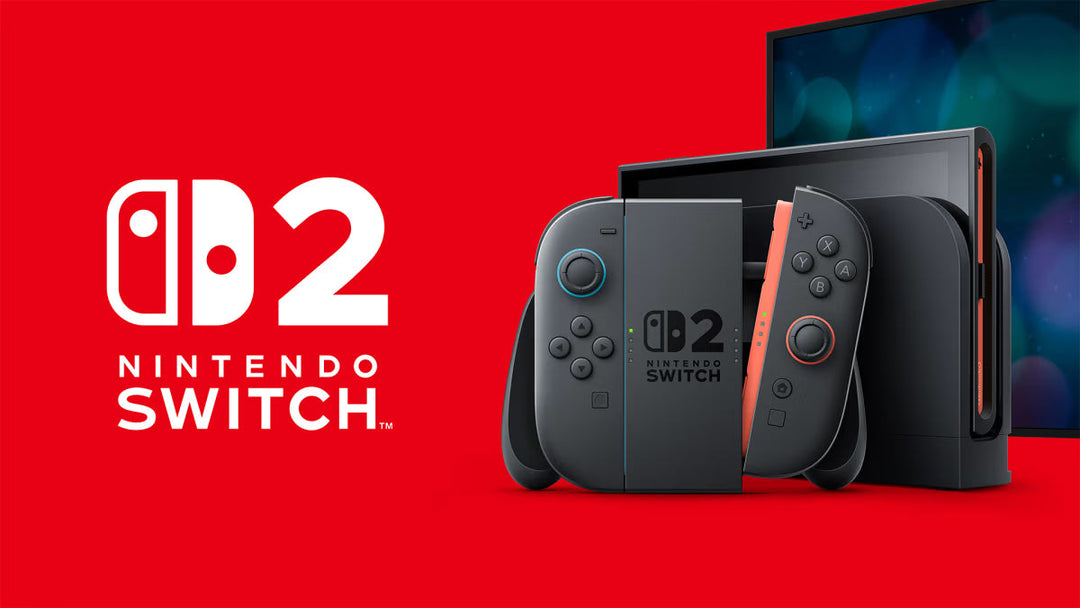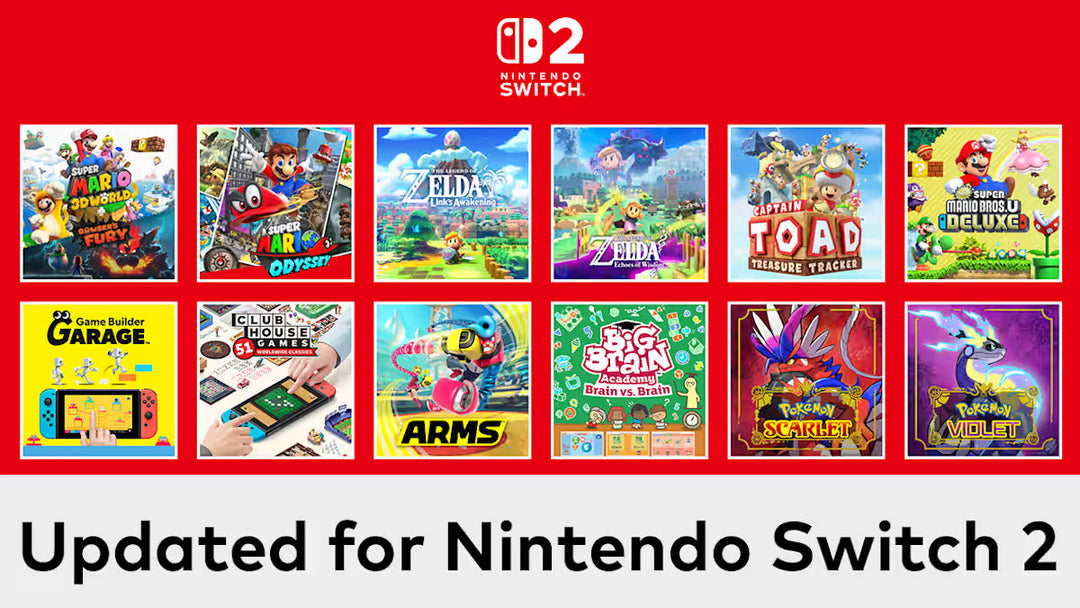What’s the Difference Between Xbox, PlayStation, Nintendo Switch, and Third-Party Controllers?

Introduction
The gaming controller is more than just a tool—it's the bridge between player and experience. With so many options on the market, from official controllers to third-party alternatives, it's important to understand how they differ in quality, features, and value. Here's a professional breakdown of how Xbox, PlayStation, Nintendo Switch, and third-party controllers compare across the categories that matter most.
1. Build Quality & Durability
Official Controllers: Microsoft, Sony, and Nintendo invest heavily in R&D and quality control. Their controllers are built using premium materials, tested extensively for longevity, and designed for everyday use. They're engineered to withstand wear-and-tear, making them a sound investment for consistent use.
Third-Party Controllers: The spectrum is broad. While some brands like Razer or SCUF deliver excellent build quality, many budget-focused models compromise on material durability. Issues such as stick drift, loose buttons, or general wear may occur more frequently in lower-tier options.
Professional Insight: For reliable, long-term use, official controllers remain the benchmark. However, experienced gamers seeking custom hardware often find high-end third-party builds equally dependable.
2. Design & Ergonomics
Xbox: A favourite among players with medium to large hands, the Xbox controller features an asymmetrical layout that feels natural for shooters and action games. The Elite Series expands on this with additional ergonomic tuning and modular parts.
PlayStation: Sony’s DualSense stands out with its comfortable hand fit and tech-integrated design. The symmetrical thumbsticks are well-suited for fighters and platformers, while the adaptive triggers provide enhanced tactile feedback.
Nintendo Switch: Joy-Cons offer unmatched flexibility, but their small size and layout can cause discomfort over time. The Switch Pro Controller is a solid ergonomic upgrade with a conventional design.
Third-Party Controllers: Some mimic official form factors closely, while others innovate with improved grips, button layouts, and weight distribution. Enthusiast-focused designs from brands like SCUF can significantly enhance comfort, especially in long play sessions.
Professional Insight: While official designs work well for general use, tailored third-party designs can provide a better fit and feel for specific play styles.
3. Features & Technology
Xbox: Xbox controllers support Bluetooth and proprietary connections, with Elite models offering hair triggers, swappable thumbsticks, and advanced configuration via the Xbox Accessories app.
PlayStation: The PS5 DualSense delivers standout innovations: adaptive triggers that vary resistance depending on in-game context, and detailed haptic feedback that responds to subtle environmental changes.
Nintendo: Nintendo leans into motion and casual gaming. Joy-Cons feature motion sensors, IR cameras, and HD rumble. The Pro Controller scales back on features but performs reliably for standard gameplay.
Third-Party Controllers: Premium models may include programmable paddles, re-mappable buttons, trigger stops, and custom profiles. Some offer PC software for deep customisation. Budget options often lack these enhancements and may cut corners on wireless support or response speed.
Professional Insight: Choose official for console-specific features. For competitive performance or niche customisation, advanced third-party models can be more versatile.
4. Compatibility
Xbox: Excellent cross-compatibility. Controllers work across Xbox One, Series X|S, and Windows PCs with native support.
PlayStation: While PS4 and PS5 controllers can connect to PCs, support for features like haptics or adaptive triggers is inconsistent across games.
Nintendo: Switch controllers are largely platform-locked. The Pro Controller works with PC via Bluetooth but with limited configuration.
Third-Party Controllers: Many third-party models are built for multi-platform use, offering compatibility with Xbox, PlayStation, PC, Android, and even iOS. Still, not all functions may work seamlessly, so checking specs before purchase is essential.
Professional Insight: Multi-platform gamers often find third-party controllers more adaptable—if chosen wisely.
5. Price Point
Official Controllers: Standard models are priced between $60 and $80. Premium options like the Xbox Elite Series 2 and DualSense Edge range from $150 to $200.
Third-Party Controllers: Options start as low as $20, but quality varies dramatically. Mid-range models can offer solid value, while top-tier alternatives rival or exceed the cost of official devices—often with added features.
Professional Insight: Third-party brands offer broader pricing flexibility. A savvy buyer can find quality models at lower prices, but the best performance still commands a premium.
Final Thoughts: Making the Right Choice
- Go Official if you value build consistency, system integration, and full access to proprietary features.
- Consider Third-Party if your priority is price flexibility, platform versatility, or customisable control layouts.
In professional gaming and everyday use alike, the right controller enhances both comfort and performance. Assess your priorities—from feature sets to platform needs—and invest accordingly.
By Techyin – Helping You Game Smarter






